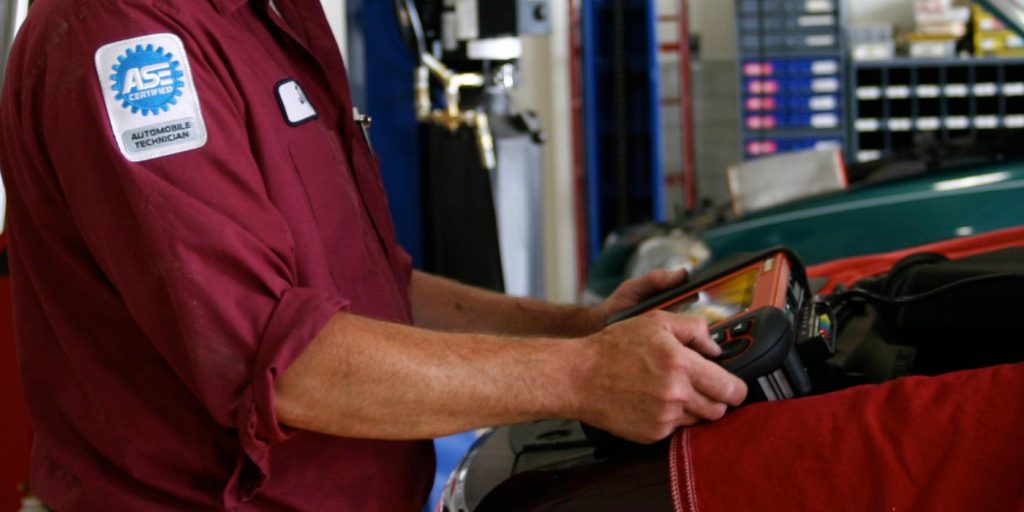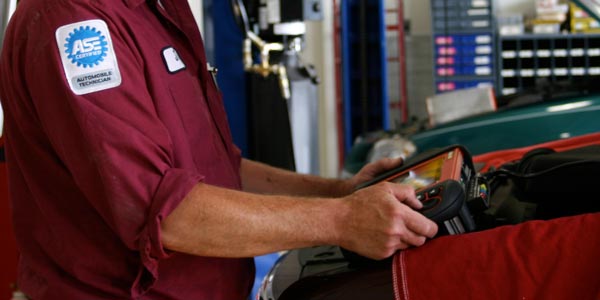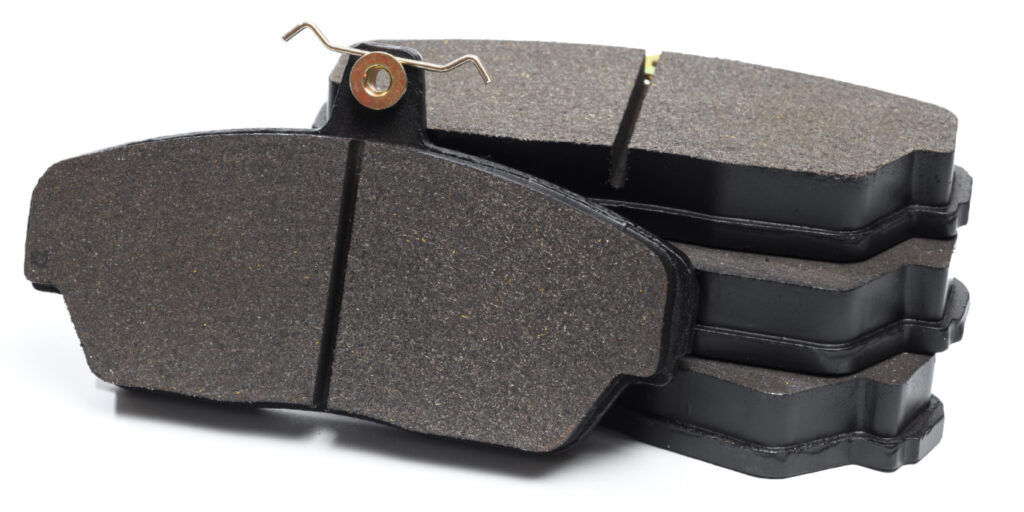
Readiness monitors refer to specific programing within an OBDII system that is designed to run various self-checks for emissions compliance.
If these monitors successfully run and pass, the vehicle is said to be in compliance with federal and state emissions laws. For these monitors to begin their self-check of the vehicle, certain enabling criteria must be met. Once satisfied, a drive cycle must be completed for the monitor to report its results to the PCM.
Setting readiness monitors can be a frustrating task, to say the least. For your best chance of success, understanding the importance (and differences) of enabling criteria and drive cycles will better ensure an accurate repair, as well as a happy customer.
Enabling criteria are the conditions that need to be met before a monitor will run. Fuel level, temperature, closed loop status are just a few examples of these conditions. Think of enabling criteria as the “prerequisites” before the PCM allows the monitor to run. What’s tricky is that there are no set standards for enabling criteria. Not only do they vary from manufacturer to manufacturer, but can be specific right down to the engine codes of similar models! Only when these specific set of conditions are met, will the monitor run. Always check your service information for a complete list of the enabling criteria for the specific car you are working on. Forgetting this step will result in frustration when you don’t understand why a particular monitor won’t run!
A drive cycle is a specific way the vehicle must be driven to satisfy the monitor. Remember, emissions laws don’t only care about how clean the tailpipe is at idle, but rather care how clean the engine runs during all conditions of operation such as accelerating, decelerating, idle, highway speeds, etc. Sometimes, due to the complexity of the drive cycle, a customer is told to “drive the car for a couple of day” after the repair has been performed so a drive cycle can be completed. Only then will the car pass emissions inspection. Again, check your service information for the specific drive cycle of the vehicle.
If you’re still a little confused, let me offer this analogy. I teach an advanced diagnostics course. Before a student can enroll in my course, they first need to complete courses in electrical system analysis, engine performance and engine repair. These prerequisites are the “enabling criteria” and must be met before being able to resister for advanced diagnostics. Once enrolled in my class, the assignments such as labs, tests, quizzes and homework that need to be completed throughout the semester would be my students “drive cycle”! Once they have completed their “drive cycle” for my course, I can then analyze the results and issue a final grade.
I understand that enabling criteria and drive cycles may not be the most exciting topic when it comes to vehicles, but always remember the devil is in the details. It’s this type of information that will help you to be a more thorough and successful technician.














